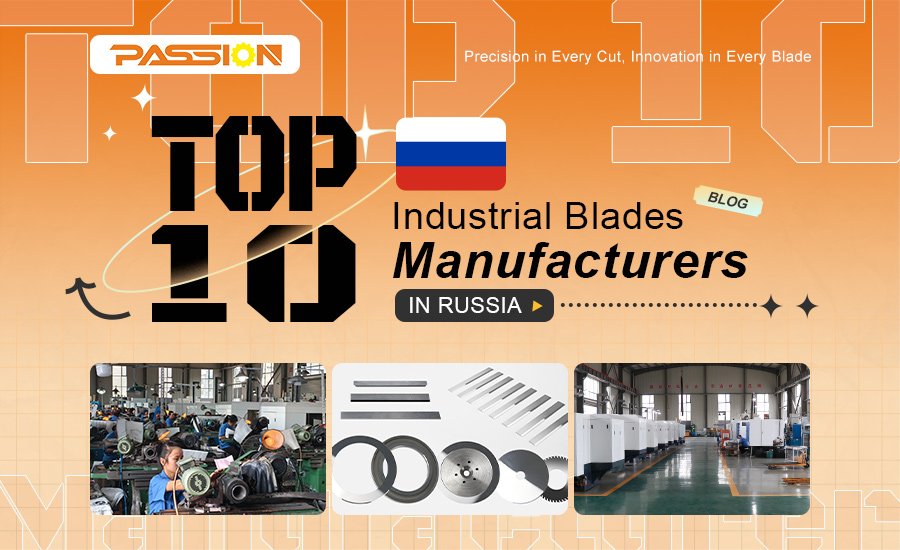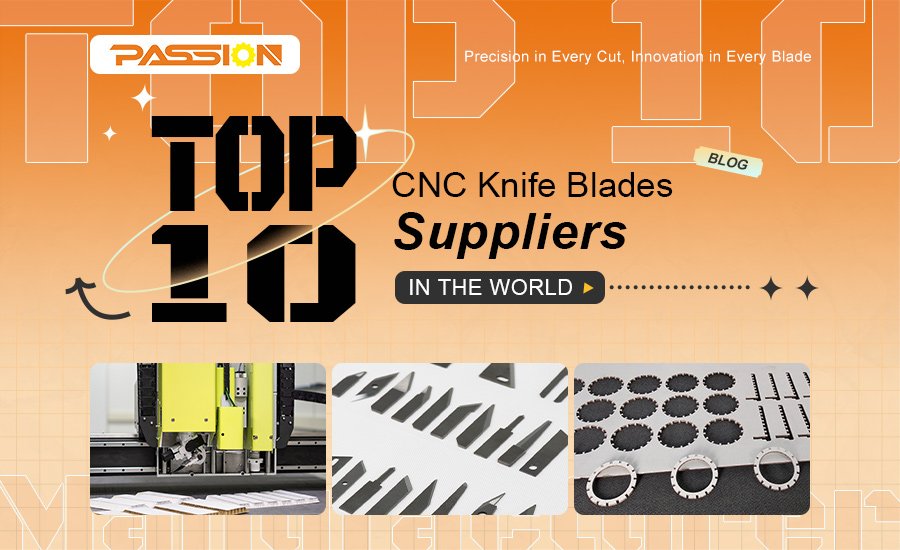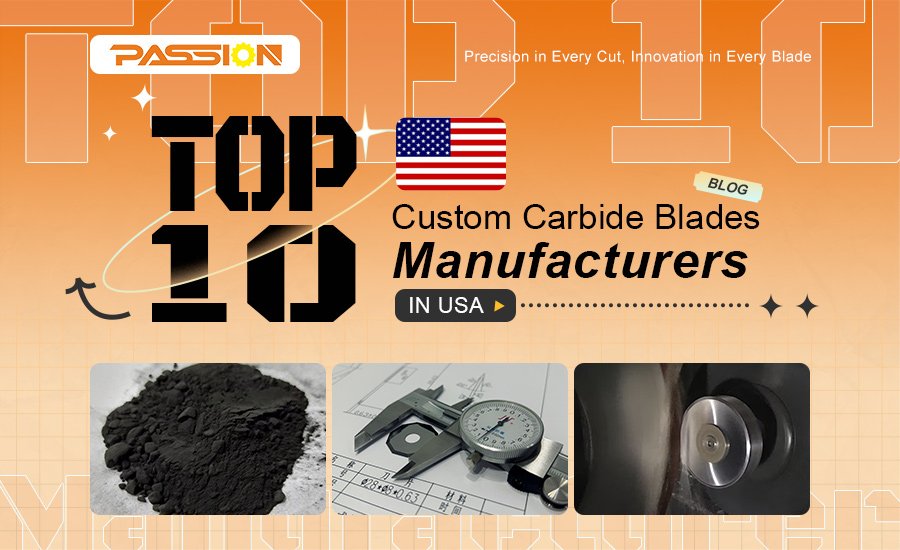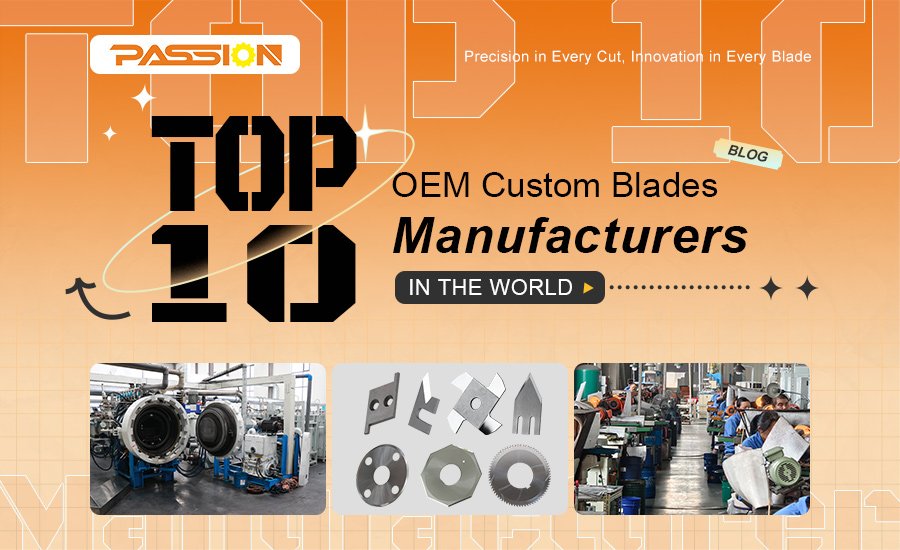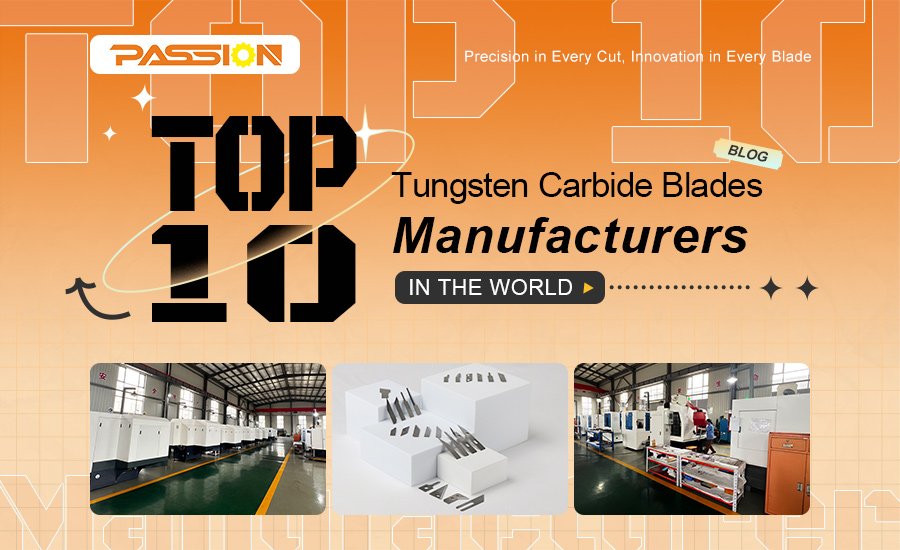When you’re considering materials for industrial applications, especially those that involve high-strength cutting and durability, the hardness of a metal becomes a primary factor. One of the questions I get asked a lot is whether stainless steel is a soft metal, especially compared to harder materials like carbide. In this article, we’ll dive into the properties of stainless steel, including its advantages, limitations, and alternatives for demanding industrial environments.
Stainless steel is considered a relatively soft metal in terms of load-bearing capacity and wear resistance, making it less suitable for heavy-duty applications. However, certain grades of stainless steel, such as Grade 410, can be hardened to increase strength. This hardening process can, however, impact other properties, such as corrosion resistance.
Understanding the characteristics of stainless steel and other materials is crucial for selecting the right metal in high-performance applications, especially in industrial settings.
Is Stainless Steel Smoother Than Steel?
Stainless steel is often recognized by its polished, smooth surface, which sets it apart from other types of steel, like carbon steel. This surface is achieved through the high chromium content in stainless steel, which provides a rust-resistant, smooth finish. In comparison, carbon steel, which lacks this chromium content, is prone to rusting when exposed to air and moisture. This difference in surface texture and resistance affects not only the appearance but also the durability and application potential of the metal. For industries that prioritize corrosion resistance and aesthetics, stainless steel often comes out on top.
Is 304 Stainless Steel Hard Or Soft?
Grade 304 stainless steel is one of the most commonly used forms of stainless steel because of its excellent corrosion resistance and strength. With a higher chromium and nickel content, 304 stainless steel offers substantial hardness and tensile strength. Despite these qualities, 304 stainless steel is not typically considered as hard as carbon steel or high-hardness materials like carbide. It’s more suited for general-purpose applications rather than tasks requiring extreme durability. That said, 304-grade stainless steel is a versatile option, offering a balance of strength, rust resistance, and ease of fabrication.
What Is Considered A Soft Metal?
Soft metals are metals that are more susceptible to scratching and denting, which usually means they score lower on the Mohs Hardness Scale. Some examples of soft metals include brass, titanium, copper, nickel, and aluminum. While these metals have specific industrial applications, they’re generally not as good for high-wear environments where materials need to be able to take a beating. Iron itself is also a soft metal, even though it’s a core structural material. Stainless steel is more durable than these metals, but it still doesn’t measure up in hardness when you put it up against other engineered materials like carbide or tool steel.
Which Metals Are Soft Metals?
The Mohs Hardness Scale provides a list of metals classified as soft, including lead, gold, silver, tin, zinc, aluminum, thorium, and copper. These metals are valued for their malleability and conductivity but are rarely used in high-wear, industrial applications due to their lower strength. In contrast, stainless steel, although not extremely hard, is considered tougher than these metals and is commonly chosen for applications where some resilience is required alongside corrosion resistance. For those needing greater wear resistance, materials like hardened steel, tungsten carbide, and tool steel are generally preferable.
Why Choose High-Hardness Materials Like Carbide Over Stainless Steel?
For industrial applications that require extreme durability, precision, and longevity, high-hardness materials like carbide offer distinct advantages over stainless steel. Carbide, known for its superior hardness, is commonly used in industrial blade manufacturing, including slitting and cutting applications. This hardness means blades that hold their edge longer, make precise cuts, and stand up to wear and tear better than stainless steel blades. For businesses that need blades that are both durable and strong, carbide is often a more cost-effective choice, reducing the frequency of replacements and improving performance.
The primary benefit of carbide is its resistance to wear, making it an ideal choice for industries that have high-volume cutting or slitting requirements. The high hardness of carbide allows it to handle tougher materials, reducing downtime and improving productivity. For industrial buyers, OEMs, and distributors, choosing a high-hardness option like carbide means cost savings over time and improved operational efficiency.
In conclusion, while stainless steel offers valuable properties such as corrosion resistance and a polished appearance, it is generally softer than other metals used in high-wear applications. For companies and industries that require maximum durability, carbide blades are a more robust and long-lasting solution. Understanding these material properties helps in selecting the best tool for the job, ensuring efficiency and longevity in industrial applications.



